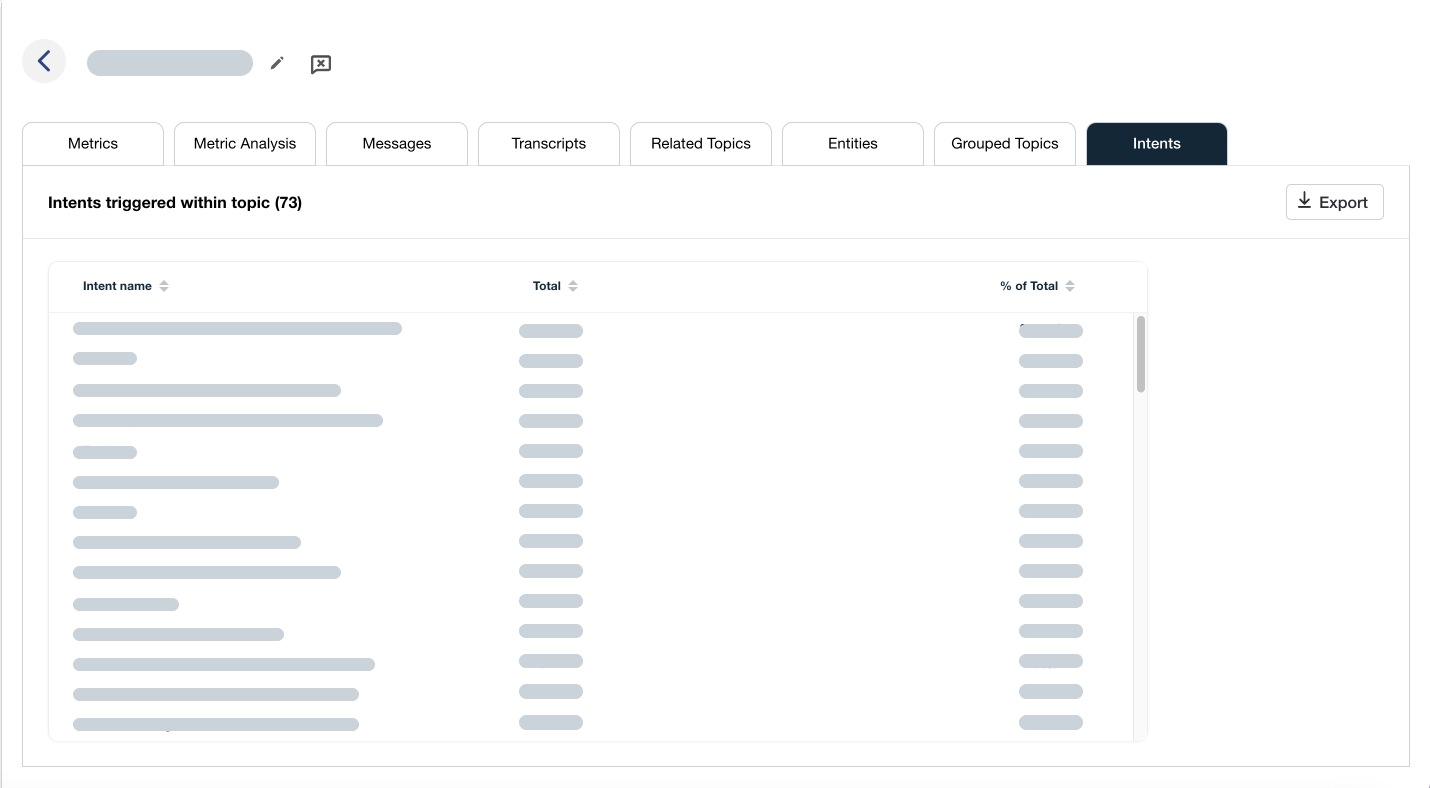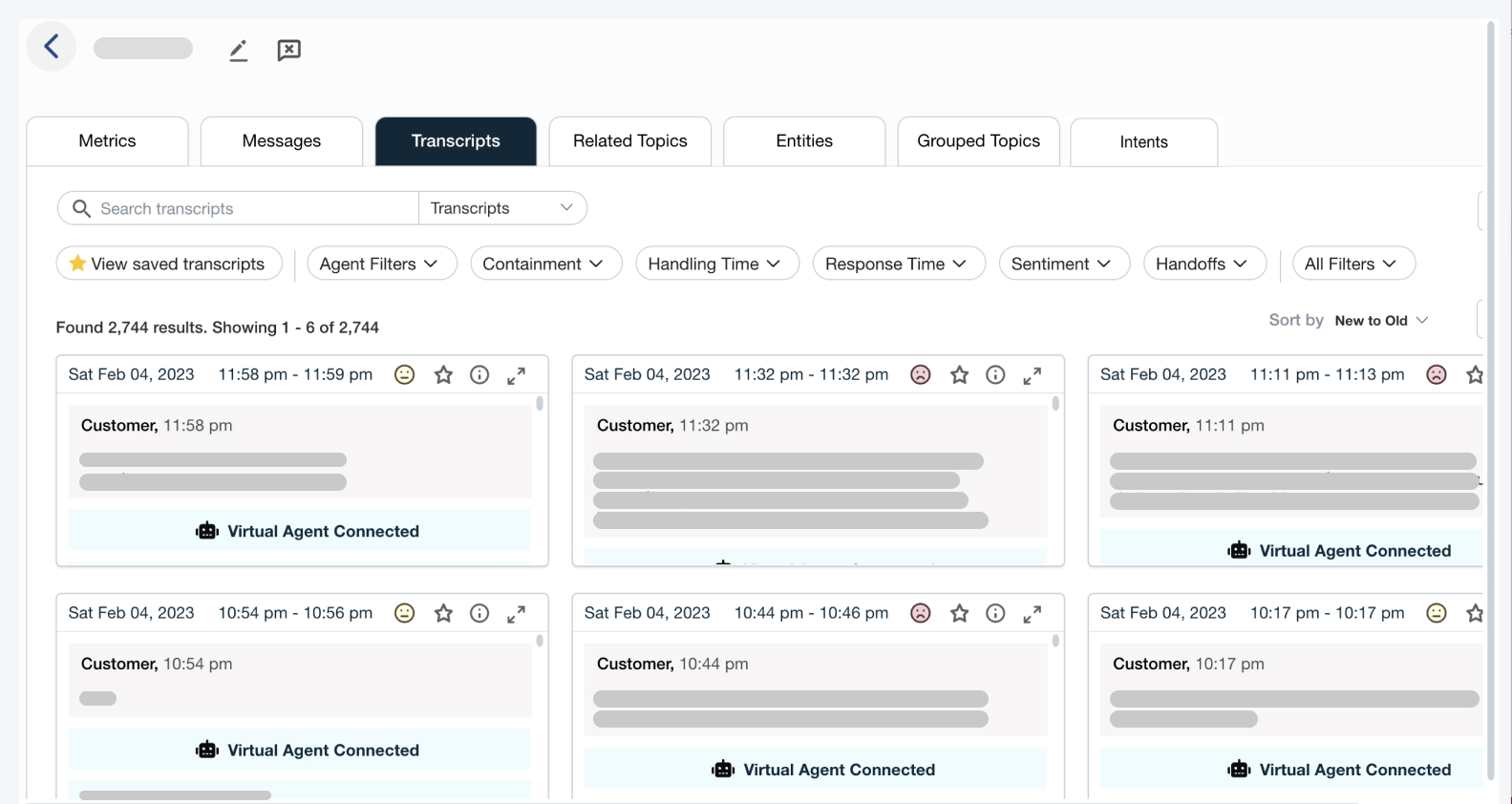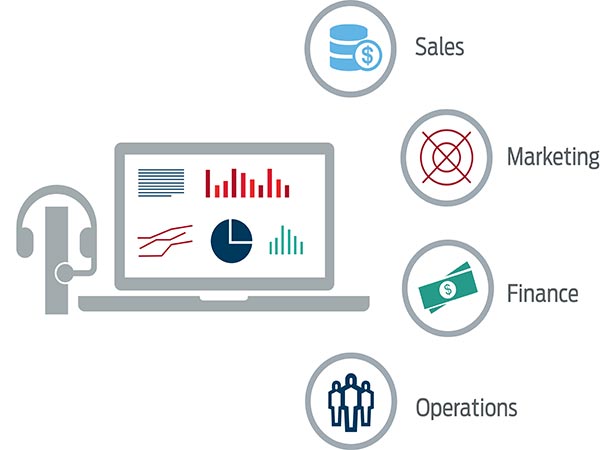How Sales and Marketing Can Use Interaction Analytics
How Sales and Marketing Can Use Interaction Analytics

Interaction (speech and text) analytics (IA) is a solution that sells well in both strong and weak economies. This is because IA generates measurable benefits that contribute to a company’s top and bottom line. When IA is applied consistently in contact centers, which are the primary buyers of these solutions, it improves the customer experience (CX) and agent engagement, and it reduces operating costs, which is the “trifecta” for these operating departments. But this is just the beginning of how IA solutions can and should be applied.
IA has become one of the “go-to” applications during the coronavirus pandemic. Companies are using it as an early warning system to alert them about emerging customer issues and trends. At the same time, it is being used to track the performance of work-at-home employees. These two diverse uses reflect the flexibility and applicability of IA in a wide variety of business scenarios. The potential uses of IA span all customer-facing departments in an enterprise, sales and marketing being the biggest.
Sales Use Cases
An IA solution can be used to enhance the benefits of many sales-related activities, including: determining which items are trending up or down and the reasons why; which channels and salespeople are most effective and best received; prices that are right and which ones need resetting; and much more. Customer feedback from IA should also be used to complement findings from focus groups. Additionally, these systems can be utilized to validate new ideas for products and services identified by focus groups or suggested by customers.
Marketing Use Cases
Marketing departments stand to benefit from using IA solutions, as the findings are likely to save the company millions of dollars while increasing revenue generated from marketing initiatives. IA should be used for test-marketing before making major investments; this takes the concept of A/B testing to a much more effective level. These solutions can help determine the most appropriate methods and channels for interacting with customers and prospects, and IA can be used to identify at-risk customers before they are angry enough to close their accounts. Interaction analytics should be used to conceptually “measure the pulse” of a company’s customers and reduce the risk of social media mistakes, which are costly to a brand. IA can also rapidly identify the products and services that are trending at any given time, positioning companies to more rapidly identify their customers’ needs and wants. Additionally, IA can capture and analyze information about competitors, enabling companies to limit customer attrition with proactive retention tactics.
Final Thoughts
Contact centers (and customer service/support) are the primary users of IA solutions today because they are the source of the input, phone calls and written conversations with customers. Sales and marketing organizations have at least as much to gain from IA findings and insights, if they had timely access to this information. And if companies would broaden access to IA solutions to leaders of all customer-facing functions and departments, they would find many of the insights they’ve spent years looking for. Read the new white paper from DMG Consulting LLC on Interaction Analytics: An Enterprise Vision and Practical Applications, to learn more about how IA can benefit enterprises and their customers on an ongoing basis.









